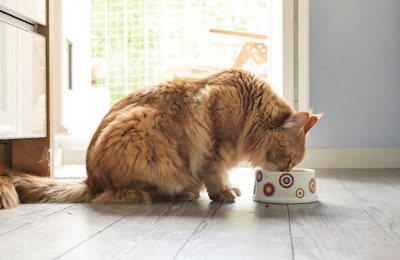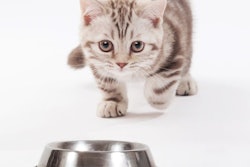
| nektarstock, iStockPhoto.com
Most of the pet food market focuses on dog food, especially in Latin America. However, cats are gaining momentum in the entire Latin America region.
In particular, Mexico is experiencing a boom in the cat care market. Sales of cat food are outpacing those of dog food. Although the cat population represents only a fraction of the dog population, the increasing appreciation of cats means a promising business opportunity for pet food producers. Some population trends, such as urbanization and the increasing number of people living alone, make it more attractive for some pet lovers to adopt a cat instead of a dog.
How is the industry dealing with upcoming cat-loving trends?
In terms of infrastructure, cat food manufacturers are less numerous in Latin America, and the number of production facilities is relatively small, compared to those making dog food. Usually, new cat food producers are dog food producers who decide to enter the cat food market, and not the other way around. Therefore, the cat food market is dominated by just a few companies.
Consequently, there are not enough cat food brands to further segment the market and to open it for more competition. Ordinarily, market segmentation promotes a healthy competitive environment and a wide array of alternatives to consumers, which are not yet available with cat food in Latin America.
Such constraints limit the growth prospects for cat food, particularly the premium category. In dog food, the opposite situation exists. There are plenty of dog food brands for all price segments: economy, standard and premium. Indeed, in Mexico, the share of premium cat food products is negligible compared to standard-price formulations.
Lack of brands slowing premium cat food development
The price differences between regular and premium cat food are narrow, suggesting that consumers might be able to upgrade to premium cat food formulations if more brands were available. Therefore, more than income limitation, the slow development of the premium cat food category is due to the lack of product alternatives.
The premium cat food market has the potential to grow at least five or six times its current size in volume terms. The only question is, who will decide to enter the market?

















